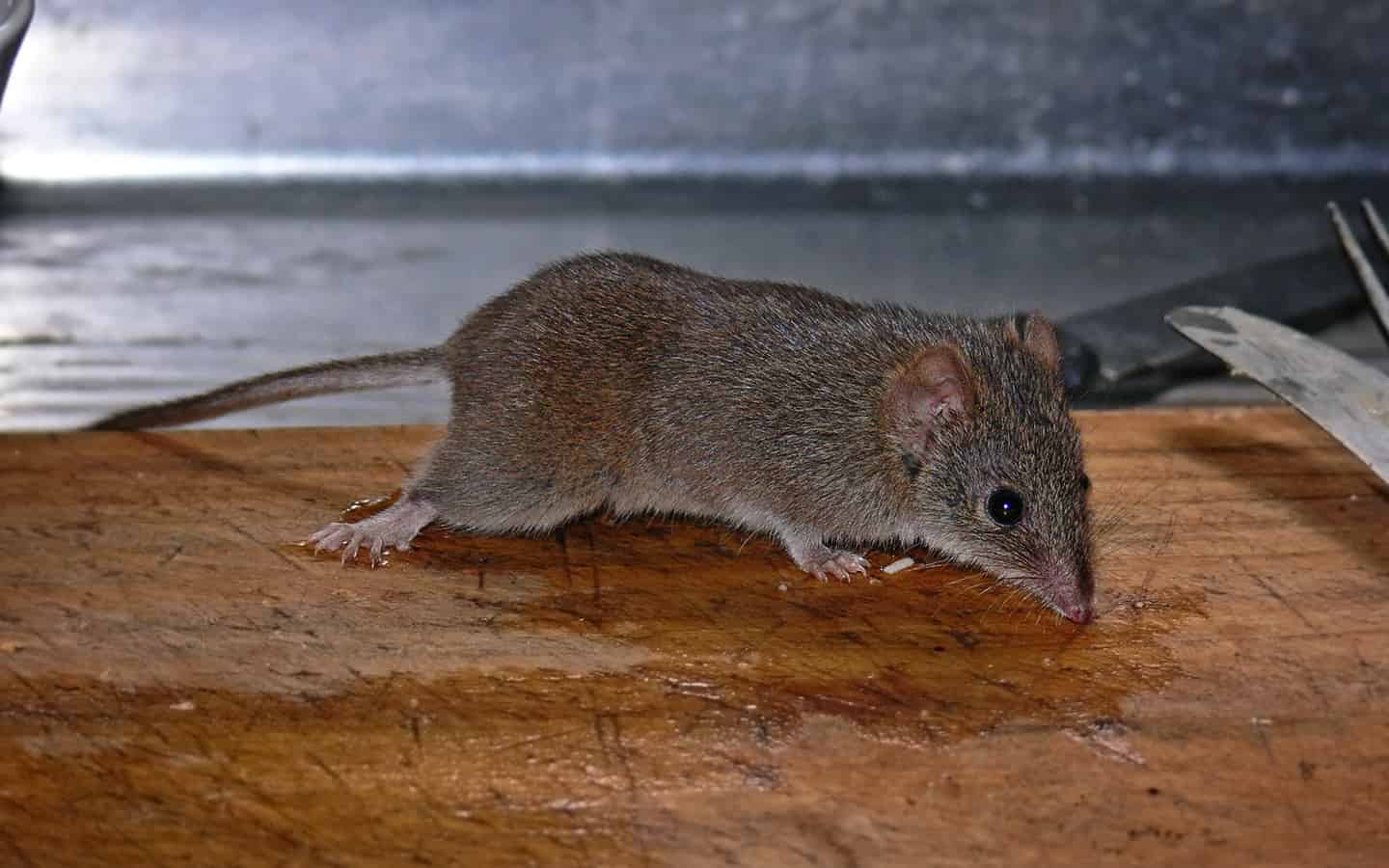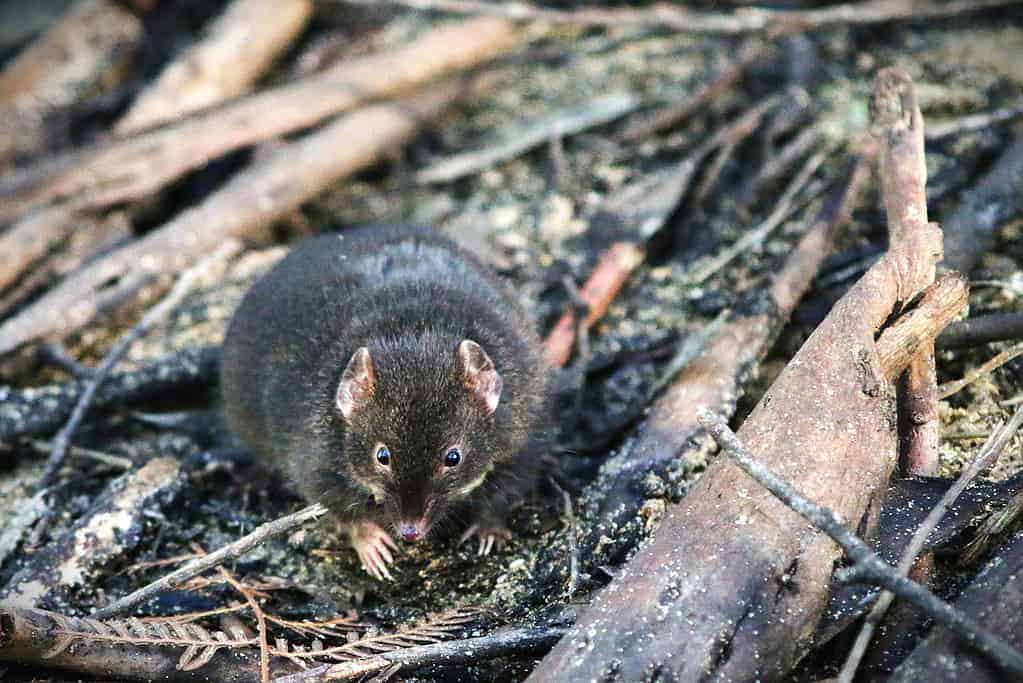
According to a report, the average person in Britain engages in sex about 5,778 times in their lifetime. God knows how they calculated this number but if you aren’t having that much sex, don’t feel bad at all — some life forms only get one shot, yet they manage to make the best of it.
Antechinus, a mouse-like Australian marsupial is one such example. Male antechinuses live for just a year and thus, have only one short breeding season (~3 weeks) to reproduce.
To make the most of it, they even sacrifice sleep so that they can have more sex, reveals a new study.
“We were able to demonstrate for the first time that male, but not female, antechinus reduce sleep during the breeding season,” Erika Zaid, one of the study authors and a researcher at Australia’s La Trobe University, told ZME Science.
However, shortly after the breeding season, all the males undergo a naturally programmed death, and even scientists aren’t sure what causes it.
See? You might not be having that much sex but at least you’re alive!
Decoding the sex over sleep behavior of the male antechinus
This reproductive strategy in which males die after a single, intense, and short breeding season is called semelparity and is very rare in mammals. It is only found in a few species of marsupials, including 12 species of antechinuses.

To confirm the sex-over-sleep behavior, the researchers observed 10 antechinuses over their lifetimes and used several techniques.
For instance, each animal was equipped with a miniature accelerometer data logger that recorded body movements in three dimensions. These accelerometers were secured to the animals through a collar and replaced every 15-30 days.
Before and after the mating period, the researchers measured the testosterone levels in the marsupials to estimate the timing of the breeding season and understand the effect of the hormone on their physical behavior.
They recorded brain activity in a subset of four males outside of the breeding season to reliably distinguish between an animal that is quietly awake and asleep.
They also performed oxalic acid analysis to investigate whether wild male antechinuses might also be sleep-deprived during the breeding season. They noted the levels of oxalic acid before and during the breeding season.
“This metabolite has been observed to decline in sleep-deprived humans and rats. While we did not have accelerometry or electrophysiological data for wild agile antechinus, we observed the predicted decline in oxalic acid for males over the breeding season,” Zaid explained.
Eight of the 10 male dusky antechinuses survived beyond the breeding season (this can happen but these males become sterile). Two individuals died synchronously at the end of the breeding season, but these were not the ones that lost the most sleep.
The males don’t die from lack of sleep
Male antechinuses try to reproduce with as many females as they can during the breeding season, resulting in frantic and restless sexual behavior.
Apart from restricting their sleep, they also go through a period of poor health during the breeding season, also known as mating syndrome (with some variability among males), according to the study authors.
It was recently proposed that it was sleep deprivation that killed antechinuses after breeding, like what has been observed in chronically sleep-deprived rats. However, the results of this study show this isn’t the case.
The researchers didn’t notice any obvious relationship between the health condition and the amount of sleep lost by male antechinuses.
The male that retained the most sleep during the breeding season was also the one that was in the poorest health and died after the breeding season. Whereas another male who also died at the end of the breeding season appeared to be in good condition and lost about three hours of sleep a day.
“After the breeding season, antechinus males did develop skin lesions and fur loss that resembled those observed in sleep-deprived rats. However, the magnitude of sleep loss was never as extreme as that for the experimental rats. So it may not be the cause of male die-off in semelparous dasyurids. Instead, there may be an unknown trigger as the cause of this synchronous ‘programmed’ death,” Zaid told ZME Science.
Hopefully, further research will reveal the exact source of male antechinuses’ poor health and death post-breeding.
The study is published in the journal Current Biology.






